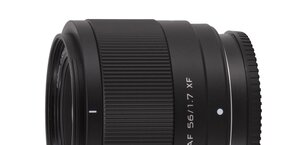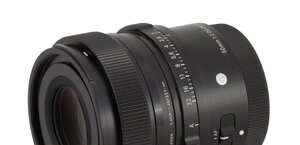Sigma 30 mm f/1.4 EX DC HSM
9. Ghosting, flares and transmission
Let’s start with a transmission curve depending on the wavelength, which we show in the picture below.
 |
Please Support UsIf you enjoy our reviews and articles, and you want us to continue our work please, support our website by donating through PayPal. The funds are going to be used for paying our editorial team, renting servers, and equipping our testing studio; only that way we will be able to continue providing you interesting content for free. |
- - - - - - - - - - - - - - - - - - - - - - - - - - - - - - - - - - - - - - - - - - - - - - - -
You can see that the recorded results are really high. Taking into consideration that we’re dealing with 7 groups of lenses here, so 14 air-glass boundaries to coat with layers, the results are really good. In the red range we reach a very high 97% level, in the middle of the visible range we’re at 94-95% and only in the blue part of the spectrum we can have some reservations, as there the transmission falls below 90%. The general picture is very positive, though.
Sigma’s behavior when working against bright light is good, or even great. In the case of Canon, Nikon, Pentax and Sony we were unable to “catch” any serious artifacts, regardless if the light source was the Sun or a strong light of street lamps, and if the lens worked wide open or closed down.
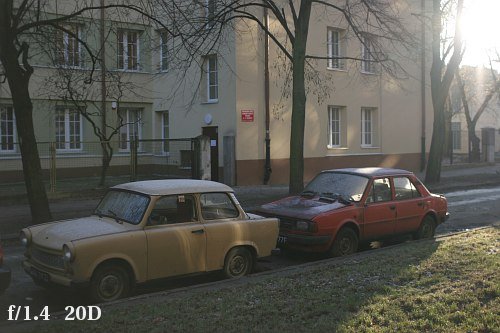 |
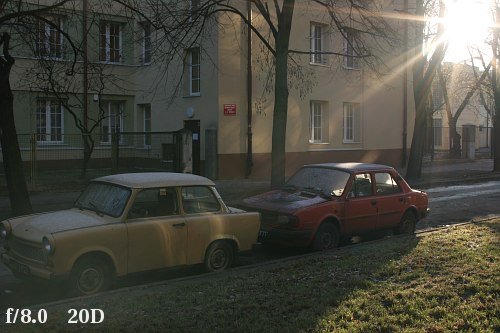 |
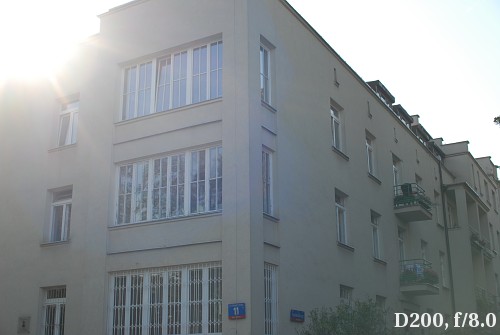 |
The effect came after mounting Sigma on Olympus and closing it down noticeably. Placing the Sun in the corner of the frame resulted in a uniform green flare’s appearance, the kind of which we present in the picture below.
 |




